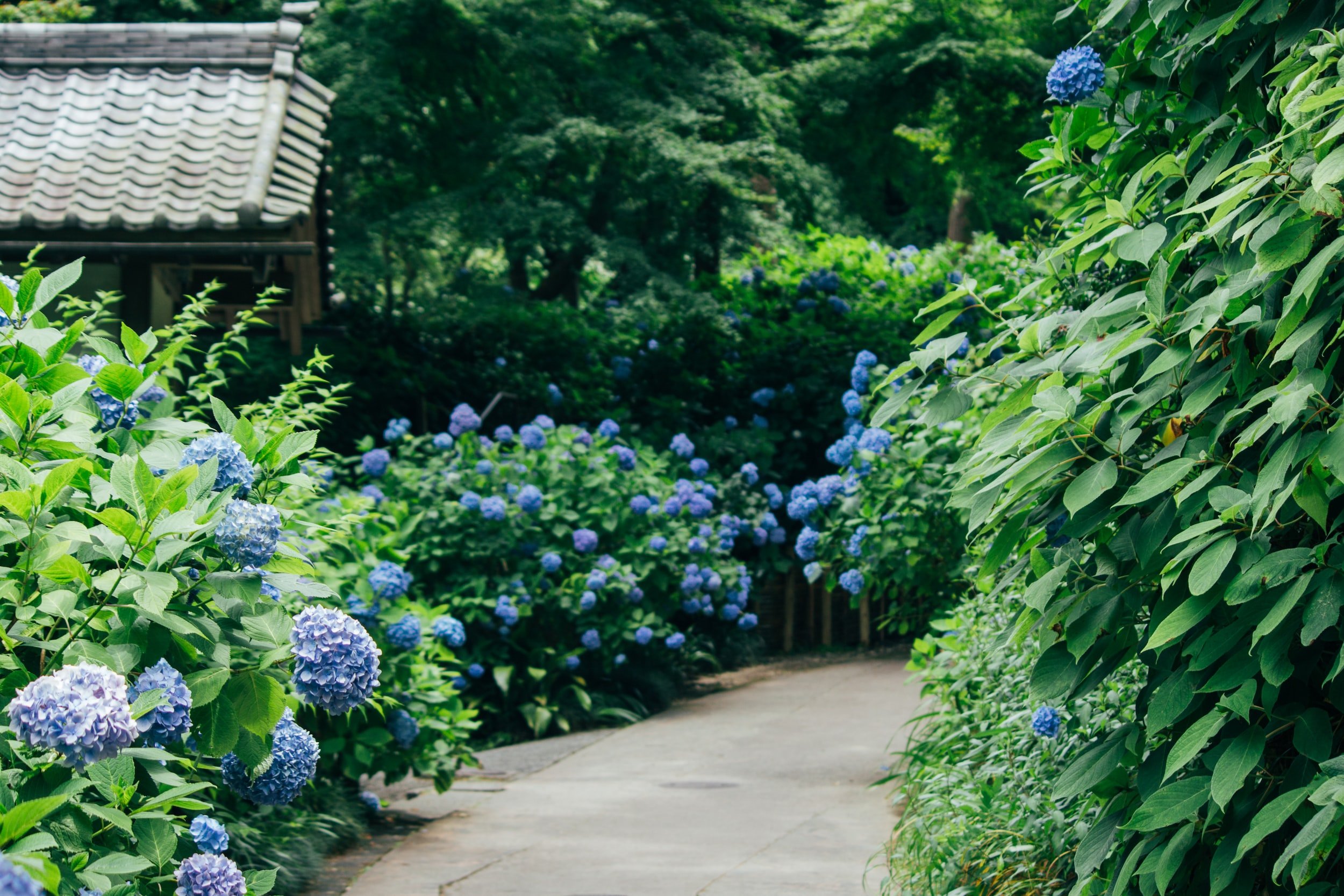Excitement About Hydrangea Leaves Turning Yellow
4 Easy Facts About Hydrangea Leaves Turning Yellow Described
Table of ContentsAn Unbiased View of Hydrangea Leaves Turning YellowExcitement About Hydrangea Leaves Turning YellowSome Known Details About Hydrangea Leaves Turning Yellow Getting The Hydrangea Leaves Turning Yellow To Work
Hydrangea plants are recognized for their gorgeous blossoms, however occasionally their fallen leaves can turn yellow. This is generally an indicator that something is incorrect and the plant requires your assistance.Hydrangea leaves turning yellow can be a cause for worry. Hydrangea leaves usually transform yellow when the plant is overwatered.
When the roots of a plant are immersed in water for extended periods, they start to asphyxiate and rot. This procedure cuts off the origins' oxygen supply, triggering the leaves to transform yellow and at some point pass away. Overwatering can likewise result in various other troubles such as leaf drop, origin damage, and fungal development.
If you believe your Hydrangea is overwatered, the very best solution is to allow the soil dry out entirely prior to watering again. It's additionally a great idea to examine the water drainage of your pot or garden bed and make certain that water is not merging around the plant's origins. Hydrangea plants need well-drained dirt to thrive.
Hydrangea Leaves Turning Yellow Can Be Fun For Everyone
Hydrangea leaves can likewise turn yellow if the plant is not obtaining adequate water. This happens when the plant does not get adequate water, and the soil begins to dry out.

This is referred to as "plant food melt," It occurs when the plant's roots are revealed to way too much plant food. The origins can't soak up all of the nutrients and come to be harmed. This damages causes the fallen leaves to transform yellow and at some point pass away. Other indications of fertilizer burn include brownish or yellow fallen leaves, wilting, and stunted development.
This will assist get rid of any type of excess plant food from the roots of the plant. It's likewise a good idea to lower the amount of plant food you are making use of. Fertilizing as soon as a month throughout the growing period must be adequate. If you are using chemical plant food, it's finest to utilize one that is weakened and applied according to the producer's instructions.
See This Report on Hydrangea Leaves Turning Yellow

If your Hydrangea is ravaged with parasites, dealing with the plant with neem or horticultural oil is the finest option. It's likewise good to get rid of any kind of affected fallen leaves from the plant (Hydrangea Leaves Turning Yellow).
To prevent spreading the illness, make certain to sanitize your scissors prior to cutting any kind of ends. Hydrangea leaves can likewise more helpful hints turn yellow if the temperature worries the plant. This normally takes place look at this now when the plant is subjected to extreme cool or warmth. The fallen leaves of the plant will certainly turn yellow and begin to go down off.
If the temperature level stresses your Hydrangea, you require to move the plant to a place where it will certainly be protected from the severe cool or warmth. You can likewise try to offer the plant with some partial color if exposed to guide sunlight. You can additionally try adding mulch around the plant base to assist regulate the temperature.
The Facts About Hydrangea Leaves Turning Yellow Revealed
The fallen leaves can likewise turn yellow if the Hydrangea plant has origin rot. This is typically caused by overwatering or inadequate water drainage. When the plant's origins are submerged in water for also long, they begin to rot. One of the most common origin rot signs is yellowing leaves, as the fungus stops the origins from absorbing article nutrients from the soil.
Inspect the origins of your Hydrangea if it has origin rot. If some healthy origins are left, you can try to save the plant by replanting it in a new pot with fresh soil.
If your Hydrangea is greatly influenced by origin rot, starting with a brand-new plant is best. As Hydrangeas age, their leaves will gradually turn yellow and brownish prior to dropping off the plant.
You can assist the plant by ensuring it is getting enough water and nutrients. One possibility is that the plant is not getting enough water.